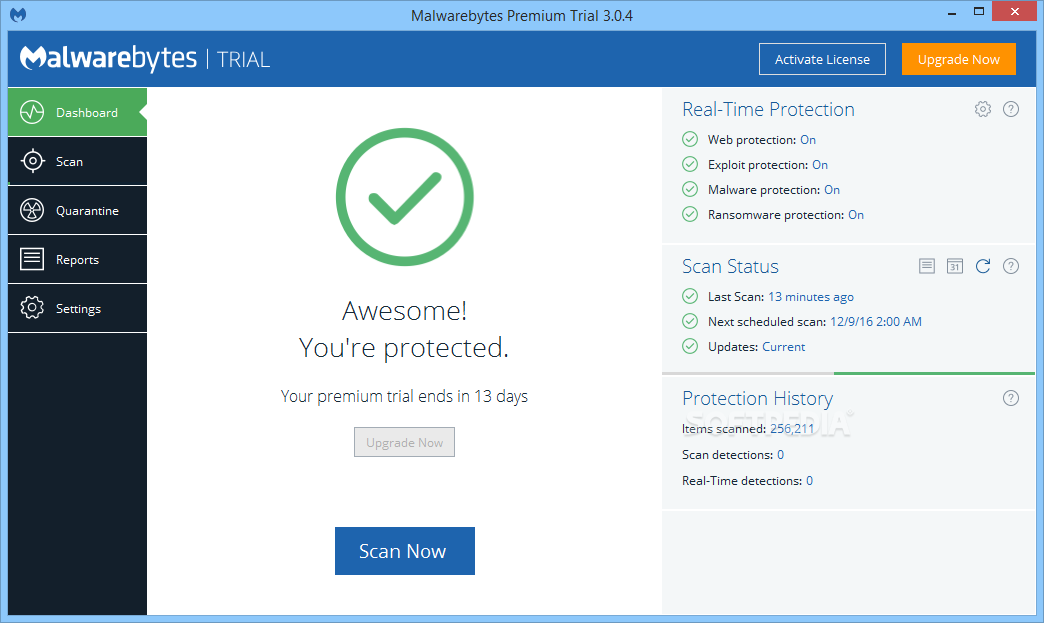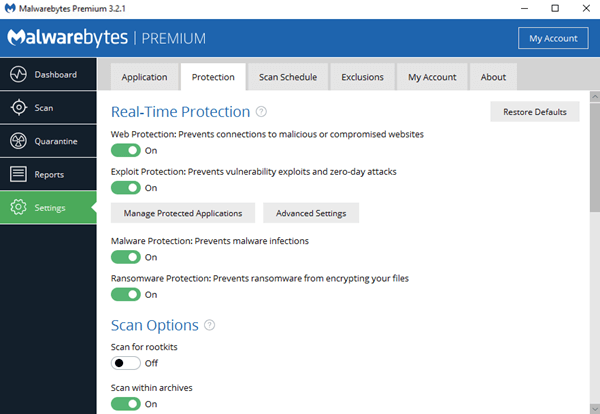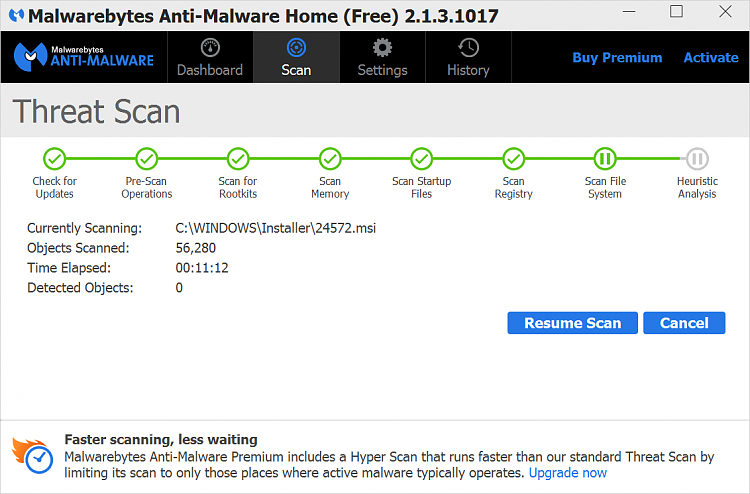

Software issues, due to bad coding, incompatibility, or malware.There are two things to consider after a BSOD: However, regular blue screens can be problematic and frustrating because they may indicate a deeper malaise and force you to lose data upon every reboot. How do you fix a Blue Screen of Death?Īn occasional BSOD that you never see again could be harmless. Here, you can also modify how Windows writes a System failure event to the system log. Click settings and uncheck the Automatically restart option under System failure to stop your PC from rebooting automatically after the BSOD. Look for Startup and Recovery under the Advanced tab. Type “System Properties” in your Windows 10 search bar and hit enter. You can stop Windows from automatically restarting after a blue screen error with a few easy steps. Malware: Malware, like a PC virus that corrupts your critical files and folders, can be the reason for a Blue Screen of Death.Overheating: your computer may display the BSOD if it’s overheating due to dust, defective fans, or overburdened hardware.Hardware: Faulty memory ( RAM), hard disk drive (HDD), solid-state drive (SSD), motherboard, processor, or a power supply unit (PSU) can all be responsible for the blue screen crashes.


And according to this blue screen error resource from Microsoft, 70% of Stop errors are due to third-party driver code. Drivers: Computer drivers are files, typically developed by a hardware manufacturer, that help the hardware work in an operating system.Here are some common causes of a Blue Screen of Death on your Windows-powered laptop or desktop computer: What is the main cause of Blue Screen of Death? In Windows 11, the BSOD is mostly black except for the blue QR code, but the message is generally the same. The BSOD became a little friendlier with Windows 8 by featuring a simple message and a sad emoticon. Windows 11: Black Screen of Death?įor many years, the BSOD featured a long series of intelligible or unintelligible text. Before rebooting, Windows usually saves a “minidump” file on your computer, carrying data about the error. Officially, it’s called a “Stop error.” The warning informs you of a critical issue that’s forcing Windows to reboot. The BSOD is a warning you see when your computer interrupts operations and displays this warning on a blue screen. Although seeing the dreaded screen is less common than it was years ago, it can still rear its ugly head now and then. But for Windows computer users, the term can be confusing and scary for different reasons. For the uninitiated, “Blue Screen of Death” may sound like a mysterious and chilling upcoming episode of the Korean drama, Squid Game.


 0 kommentar(er)
0 kommentar(er)
